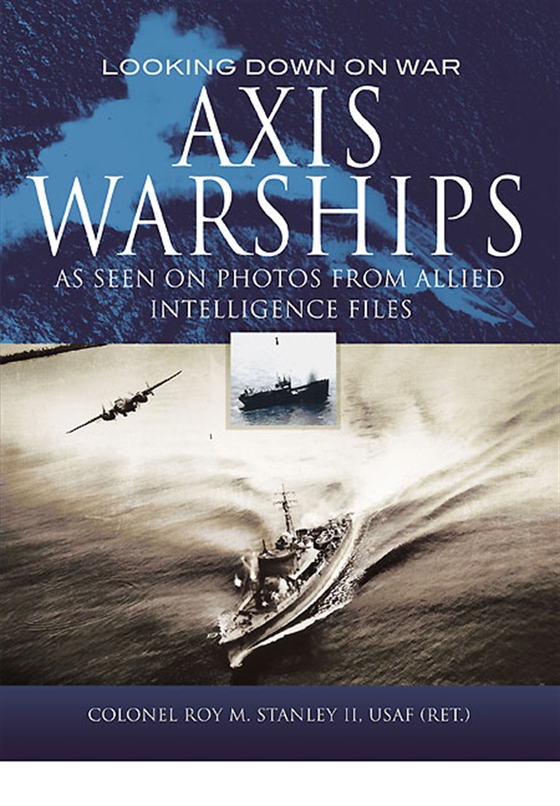
Evolution of Airborne Operations 1939-1945 e-bok
115 kr
The development of air transport in the early 20th Century led military strategists to examine the concept of inserting light infantry at key points behind enemy lines by air landing and air drop.
The Germans were first off-the-mark with assaults in Norway and at Eben Emael in 1940. Crete saw a larger scale attack but while ultimately victorious the cost of men and equipment involved deterred ...
E-bok
115 kr
Förlag
Pen and Sword
Utgiven
16 Februari 2021
Längd
272 sidor
Genrer
Historia & Arkeologi, Samhälle Och Politik, Fackböcker
Språk
English
Format
epub
Kopieringsskydd
Vattenmärkt
ISBN
9781473843813
The development of air transport in the early 20th Century led military strategists to examine the concept of inserting light infantry at key points behind enemy lines by air landing and air drop.
The Germans were first off-the-mark with assaults in Norway and at Eben Emael in 1940. Crete saw a larger scale attack but while ultimately victorious the cost of men and equipment involved deterred any further Axis operation.
The Allies on the other hand developed the concept dramatically with the large scale operation HUSKY in Sicily. While only partially successful – there was massive loss of life and aircraft – airborne operations were a key, if relatively minor, element of Op OVERLORD – The D-Day Invasion.
The most famous airborne operation was the large scale but ill-fated MARKET GARDEN. Almost successful the Arnhem battle goes down as a heroic defeat. The culmination of WWII airborne operations was the multi-division Rhine Crossing VARSITY.
Expert author and collector Roy Stanley traces the history of airborne landings in words and pictures.
Inga recensioner än








